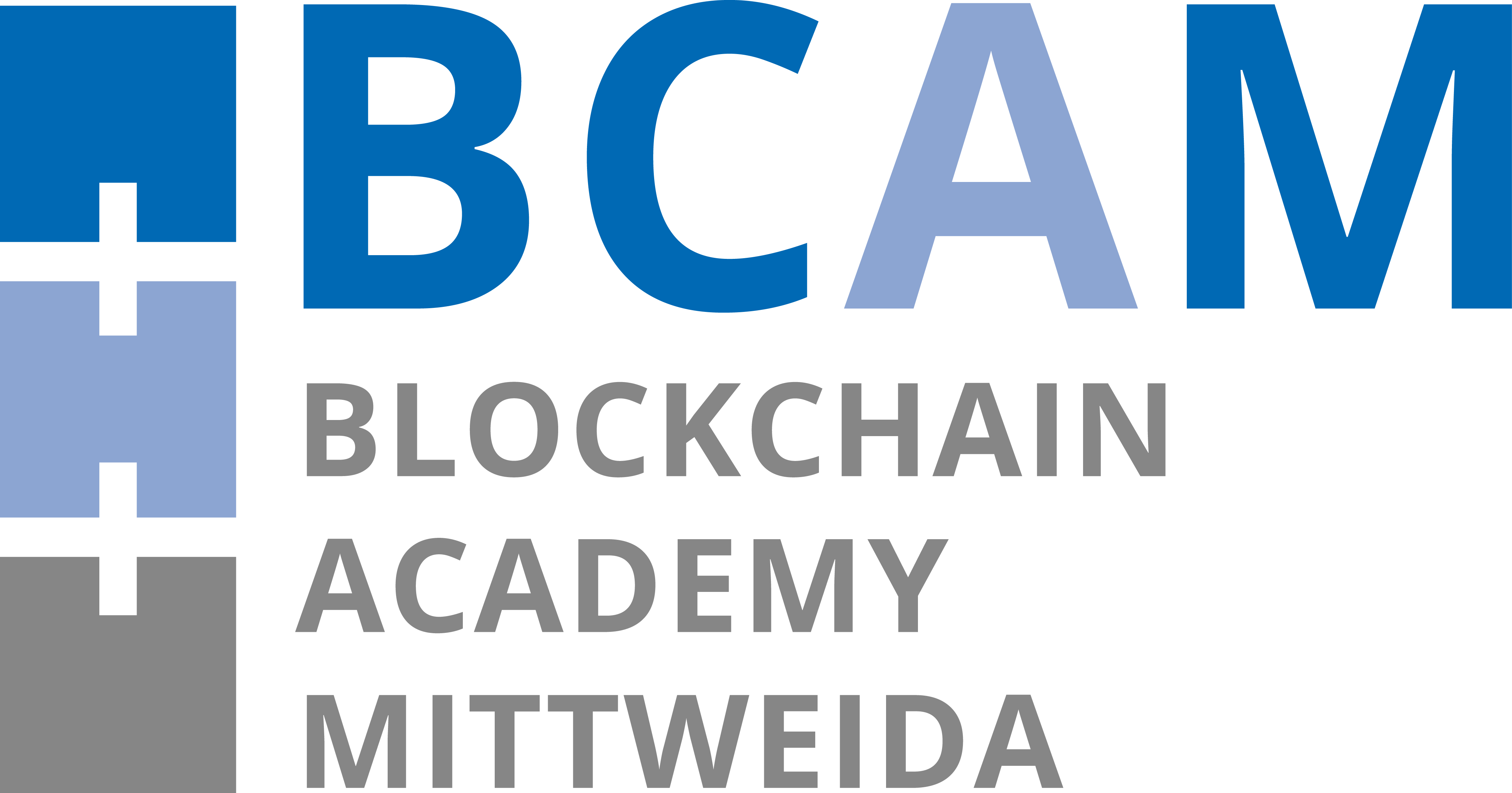Decentralized approach of creating tamper-resistant web content proofs
Ensuring the integrity of web content is becoming increasingly important as digital information plays a critical role in legal, academic, and business contexts. Traditional methods such as screenshots, downloads, and centralized web archives have limitations, as they rely on a single trusted entity and are vulnerable to manipulation.
Approach
A decentralized approach to generate verifiable web content proofs addresses these issues. The process is as follows:
- Request: A user requests a proof for a web resource using the URL as input
- Distribution: The request gets distributed to a number of independent Validators through a smart contract on a public blockchain
- Proof Creation: The Validators use a headless browser to load the webpage and creates a full-page screenshot, which shows exactly what a user would see. The screenshot is then hashed, and the hash value is sent back to the smart contract.
- Consensus: The smart contract automatically checks if the hash values match and if a three-quarter majority is reached. The proof is only valid if the majority is reached.
- Blockchain Storage: The hash of valid is stored on a public blockchain, right now Polygon, ensuring long-term tamper resistance and transparency.
- Validation: The proof can always be validated by calculating the hash value of the screenshot again and match it with the hash value on the blockchain.

Advantages
- Tamper Resistance: No single party can manipulate the proof creation process or alter stored proofs.
- Transparency: Every submission of the validators can be tracked on the blockchain by anyone.
- Decentralization: Eliminates reliance on a central authority.
Conclusion
A decentralized approach would strengthen the trust in digital proofs, which will be crucial across many industries in the future. The independent validators and the public blockchain ensure, that no centralized party is capable of manipulating the creation and storage of the digital proof.
A working prototype can be found at https://app.validity-service.com/create. It is still in Beta and gets regularly updated. More information can be found at https://validity-service.com

 Register
Register Sign in
Sign in